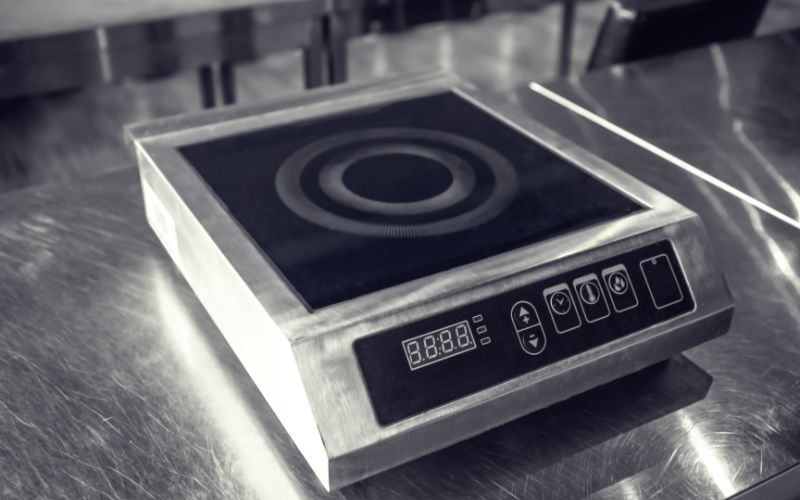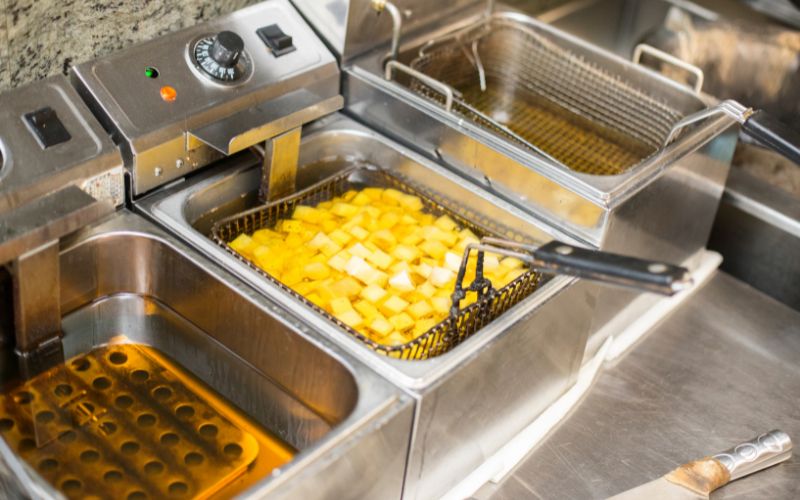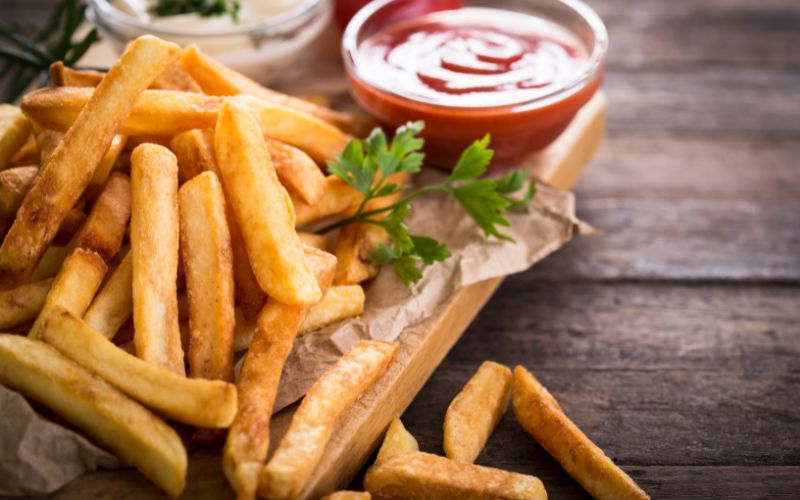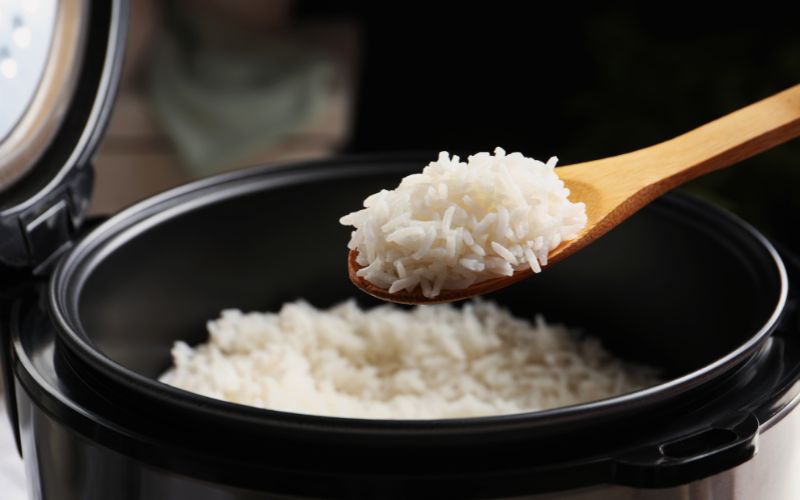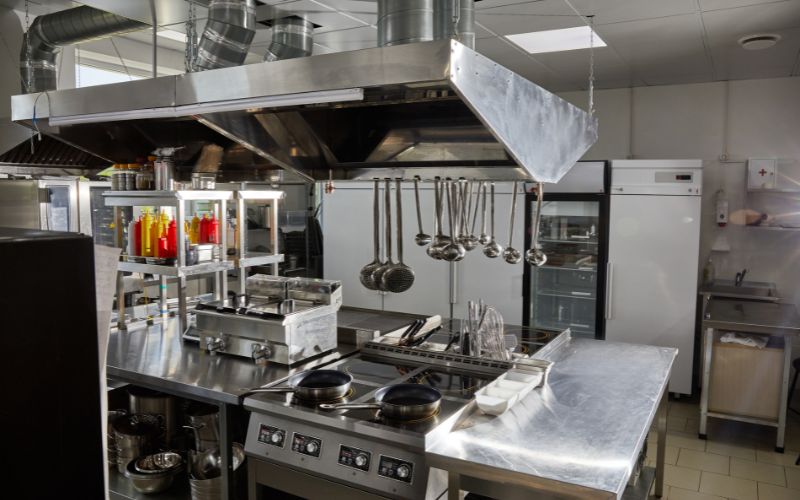A Guide On The Different Commercial Wok Burners and Wok Ranges For Restaurants
When it comes to professional kitchens, wok pans are something that almost all cooks and chefs have. In professional settings, wok are often paired with wok burners to optimise their use and lessen energy consumption.
A Wok is a Versatile Piece of Kitchen Tool
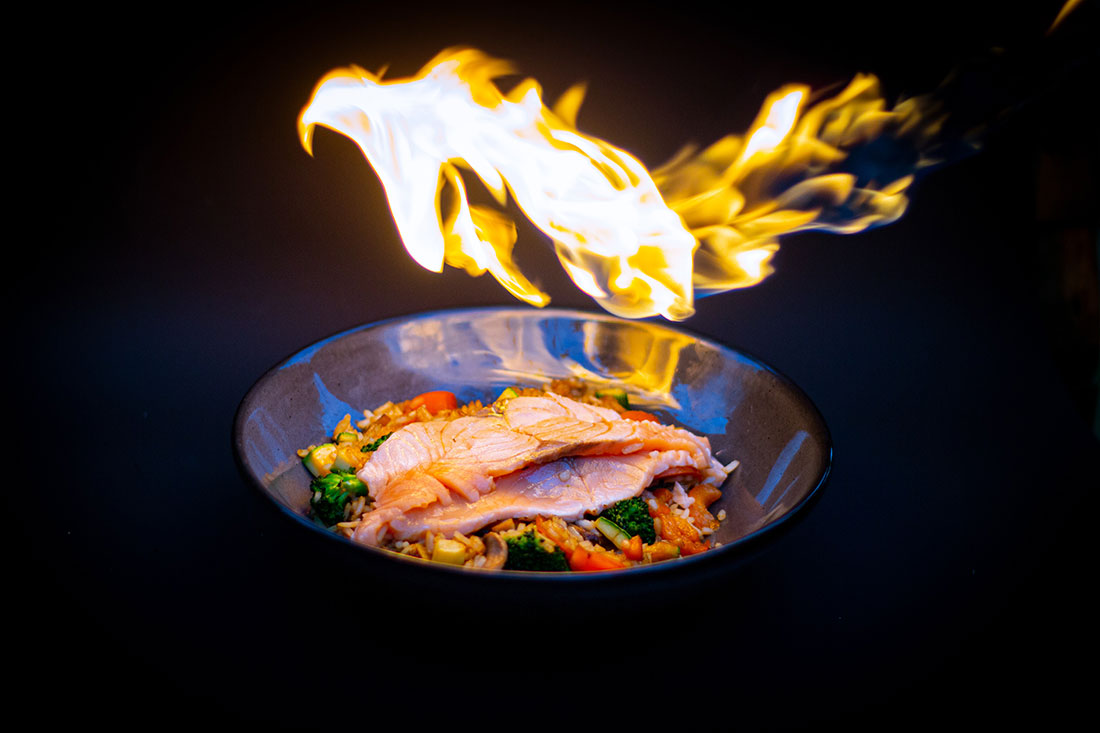
You can use it for nearly anything; from frying to roasting to searing, among others. With the right wok, you can do almost all sorts of dishes.
It's easy to differentiate wok from other types of pans. Wok have deeper bottoms and higher sloping walls which are designed to make food tossing easier.
The amazing thing about a wok's design is that you can use the bottom to cook ingredients that need to be cooked at a higher temperature while you can set aside cooked ingredients on the slopes which have a relatively lower temperature.
Curved vs Flat Base Wok
A round bottom wok has curved bottoms. They’re the traditional design used in China for years and up to date. Most restaurants use this design because of its versatility. The downside is that this design has to be used in a cooktop that can hold its round bottom. This excludes modern-day induction hobs which often have a flat surface design. A round-bottom wok is usually paired with a wok burner. The flat bottom wok, as the name suggests, has a flat base. It can sit steadily in almost all sorts of cooking tops, including inductions.
And Yes, Electric Wok do Exist
Consider these as the modern translation of the traditional Asian design. An electric wok is plugged into a base which is usually built with a coil heating element that transmits heat throughout the wok. With it, the heat is adjusted via controllers. If you’re not much of a fan of rip-roaring fire in your kitchen, then you may opt for an electric wok instead.
Different Types of Wok Commercial Kitchen Equipment

Although wok are significantly bigger and bolder in sizes and shapes, they are light to handle. Wok are usually constructed using different materials including cast iron, steel, stainless steel, and aluminium, among others.
Cast iron wok. Cast iron wok is often heavier and a bit bulkier than regular pans. This is purposely designed to retain heat. Its temperature can hold heat even after it is removed from a burner. As long as it is kept seasoned, a cast iron wok can last so many years even in high-traffic use. Just like most wok designs, tossing is made easy and foods won't slide over the surface.
Aluminium wok. Most chefs use it for its good heat conduction. It can be used on stovetops and is ideal for baking foods in the oven. Aluminium cookware are reactive to acidic foods and may alter flavour and appearance. In the long run, the acidic component will leave a pitted surface. If you shall choose aluminium, pick a wok that is anodized. Anodized aluminium is hardened so it becomes non-reactive to acidic components.
Steel wok. This type of wok is the least recommended because their design is not as good as other wok construction. Steel wok are not resistant to rust so they need more maintenance and upkeep to prevent corroding. Steel wok are often not built for induction cooktops.
Non-stick stainless steel. These are lighter than cast iron and they heat up fast. These wok are also non-reactive meaning you can cook acidic foods in them. Unlike pure steel wok, stainless steel pans do not corrode. It's not necessary to season them. You just simply wash and dry it for storage. The downside is that since these wok heat up fast, you have to be careful as you might easily burn your food.
Carbon steel. These wok are lightweight, relatively thinner, have exceptional heat conductions and are often the least expensive. When seasoning properly, these types of wok have an excellent non-stick surface.
How to Season a Wok
Seasoning your wok is essential to create a naturally non-stick surface. The good thing is it’s super easy to season and re-season the pan.
First, it has to be cleaned. If you bought it straight from a manufacturer, follow the cleaning instructions. You need to wash off some residue with mild detergent, ideally wiping the surfacing using a soft sponge. Wipe it dry afterwards.
Then, place the wok over a gas stove with high heat. Let the flame hit all sides of the wok. This will cause smoke so ensure that windows and exhaust fans are open.
Then do a water test by splashing a few drops of water on the surface. If the water evaporates immediately, it's ready for seasoning. Continue to heat the wok if evaporation doesn't happen after the splash. After a successful splash test, let the wok cool down until it's cool to the touch.
You need a high smoke point type of oil and put some into a kitchen towel. The oil could be soybean, grapeseed, avocado, peanut or flaxseed oil.
Using the oiled towel, rub a thin layer of oil onto all sides of the wok, inside and out. Then, reheat the wok over medium-high heat. You'll see it smokes. Continue until the wok stops smoking. Make sure all sides are heated. Once it stops smoking, you'll notice a darker colour with a matte finish. That's a sign you've properly seasoned your walk.
Using hot water, rinse the wok. Use a wok brush to clean without removing the season. Do not use detergent this time.
After seasoning, it is ready to use and you can re-season every two or three days. Over time, you’ll notice a beautiful patina developing in your wok and that is from everyday usage.
Now Let’s Talk About Wok Burners
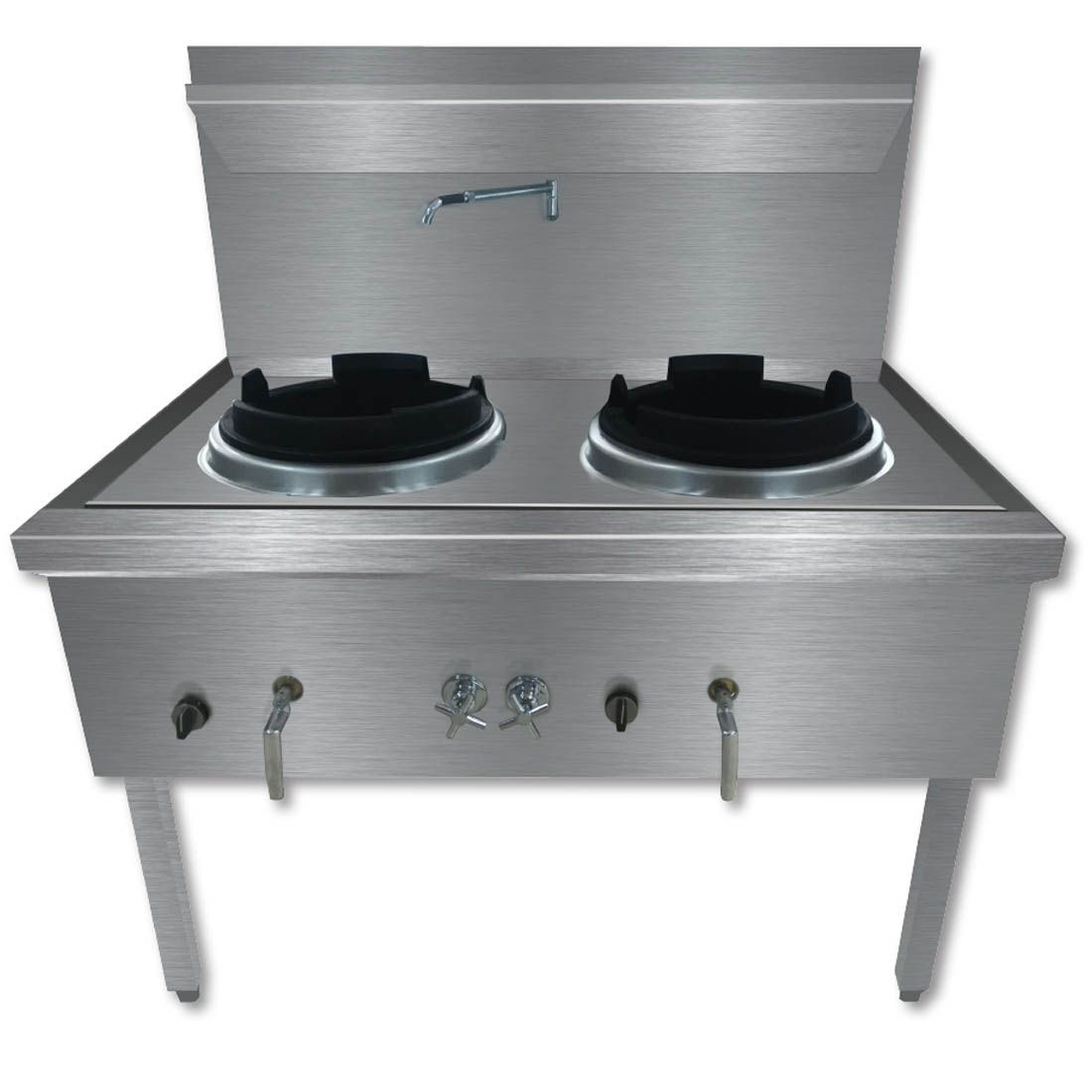
A wok burner is a wok's best friend, an essential piece of commercial kitchen catering equipment if you’re using wok. This type of burner conforms to the unique shape of a wok’s bottom. With it, you will be able to cook with a round and flat bottom wok.
Burners for wok are offered in different styles, sizes and capacities. They can produce higher heat output and larger flames which make them efficient for busy restaurants. Some have as much as up to 10x higher heat output. It's a game-changer as some of them can reach up to 61,000 BTU. Choices of 1, 2, and 3 burners are available for commercial use. Some wok burners are designed with pot burners.
Just like the most durable commercial kitchen equipment, most wok burners are constructed with stainless steel so they will never leak, crack or break. They also feature filter systems to ensure no solids enter the drains. The most convenient wok designs have detachable legs, backs and shelves so they can be fitted to pass through doorways. Having both a wok pan and a bain marie in your professional kitchen can help enhance your cooking versatility and efficiency.

